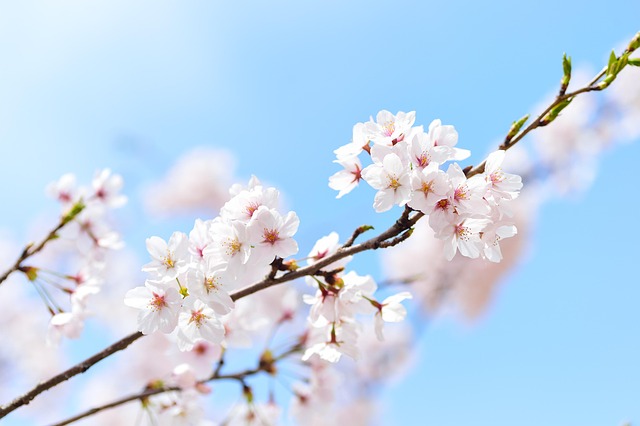Why Do Japanese People Bow? The Meaning Behind the Tradition?
Bowing (お辞儀, ojigi) is one of the most recognizable and deeply rooted traditions in Japanese culture. It goes far beyond just a polite gesture—bowing is a complex form of communication with layers of meaning depending on context, angle, and situation. Here’s a look at why Japanese people bow and what it really means.
1. A Sign of Respect
At its core, bowing is about showing respect—to elders, superiors, customers, guests, or even strangers. Whether in daily life, at work, or in religious practices, bowing is a way to humble oneself and acknowledge another’s presence or status.
2. A Non-Verbal Greeting
Much like a handshake or a wave in Western cultures, bowing is a standard greeting in Japan. It’s used when saying hello (konnichiwa), goodbye (sayōnara), or even thanking someone (arigatō gozaimasu).
3. Apologies and Gratitude
Bowing is also how Japanese people express apology or deep gratitude. The deeper and longer the bow, the more sincere the emotion. You’ll often see this in customer service, public apologies, or moments of high emotional weight.
4. Social Harmony (和 ; Wa)
Japanese culture places a high value on social harmony, and bowing is part of that. It helps people avoid direct confrontation and express emotions or hierarchy subtly and respectfully.
5. Religious and Ceremonial Meaning
In Shinto and Buddhist traditions, bowing is used during prayers and rituals. It’s a way to show reverence to deities or the sacredness of a place.
Types of Bows and Their Meanings
Eshaku 会釈 (15°) – Casual, everyday bow, often among equals or in passing.
Keirei 敬礼(30°) – A more formal bow, often used in business settings or to show moderate respect.
Saikeirei 最敬礼 (45° or more) – A deep, respectful bow used for apologies, gratitude, or when addressing someone of significantly higher status.
In short, bowing in Japan is more than politeness—it’s a powerful symbol of respect, emotion, and cultural identity.
See you next time!



コメント